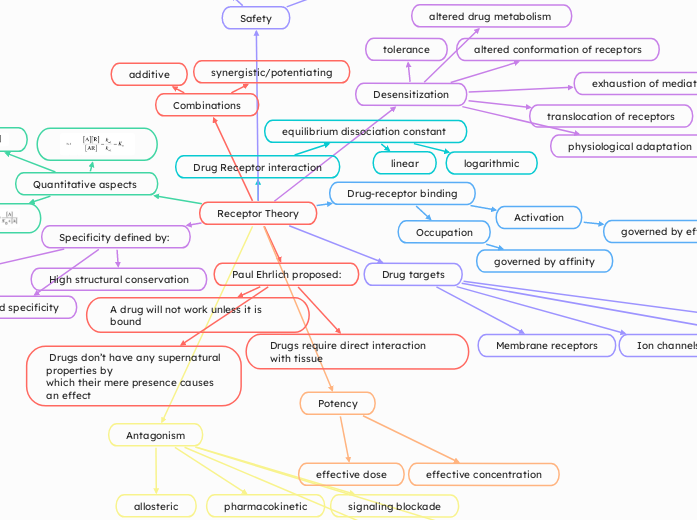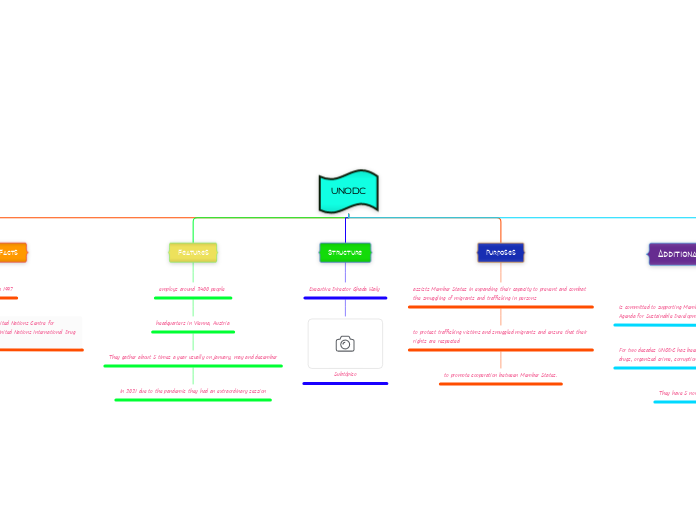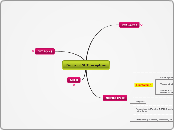realizată de Darren Nguyen 15 ore în urmă
5
Receptor Theory
Paul Ehrlich's receptor theory highlights the necessity of drug binding for therapeutic effects, dismissing any notion of supernatural influence from the mere presence of drugs. The theory emphasizes direct interaction with tissue and explores the quantitative aspects of drug combinations, such as synergistic, potentiating, and additive effects.









